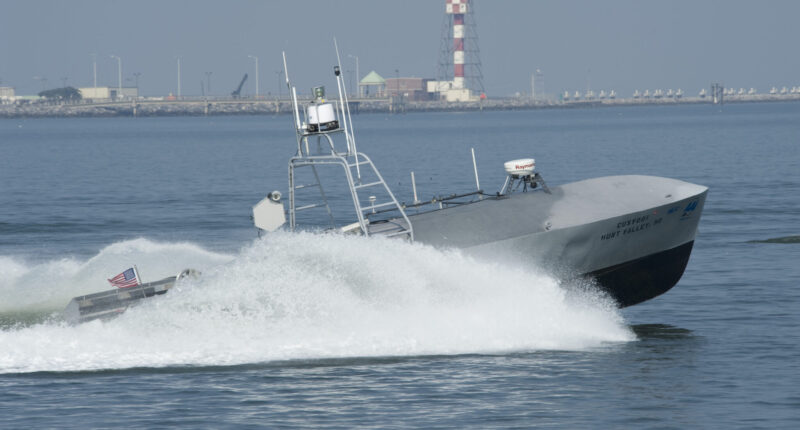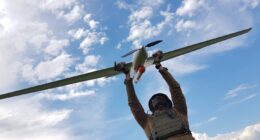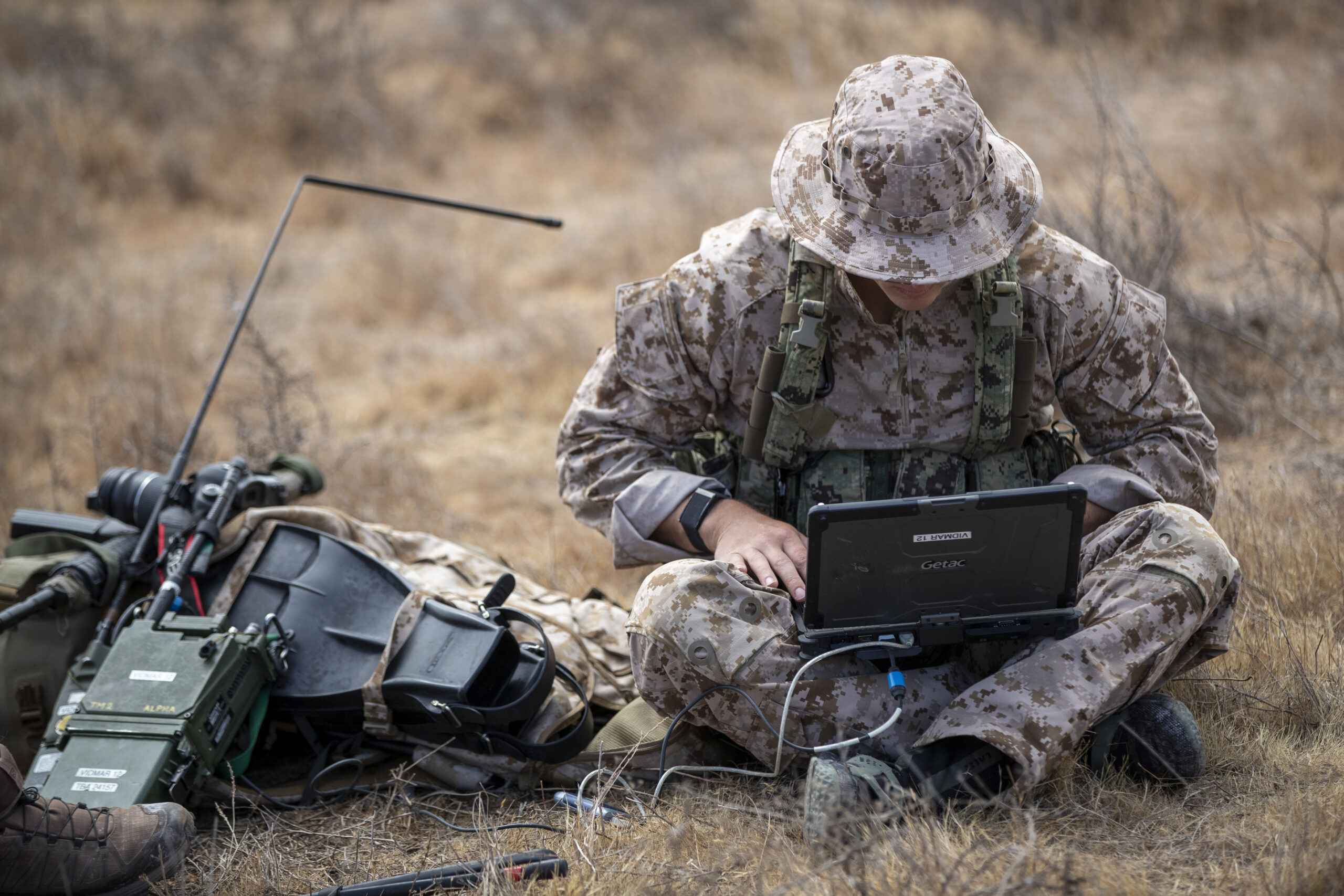US defense contractor Epirus has introduced a high-power microwave (HPM) system designed to disable both manned and unmanned surface vessels.
The system, named Leonidas H2O, builds on the company’s existing Leonidas high-power microwave technology platform.
The H2O leverages Epirus’ solid-state, software-defined, high-energy HPM technology platform to send out a powerful beam to disrupt a system’s electronics.
“The Department of Defense has spent years of research and development and poured tens-of-millions of dollars into developing a non-kinetic vessel stop solution, with no operational system deployed to date,” Epirus CEO Andy Lowery said.
“With Leonidas H2O, we are bringing forth a proven technology with demonstrated effectiveness to fill this capability gap, today.”
Sea Demonstration
Earlier this year, the Leonidas H2O system was tested during the US Navy’s Advanced Naval Technology Exercise Coastal Trident (ANTX-CT), where it successfully disabled the engines of four vessels.
The targets ranged from 40 to 90 horsepower and were tested at “roughly half the maximum potential output power and with limited waveforms” of the weapon, according to the company.
The system was scaled down to about a third of its original size for the demonstrations and displayed its effectiveness from a range of 100 meters (328 feet), Lowery was quoted as saying.
It could be useful for port defense and near coastlines, wherein kinetic options entail collateral risks.
Additionally, the system’s software has been adapted to work on water.
“Epirus’ participation in these experiments helps to facilitate early eyes on leading edge technologies that are key to enabling the Navy’s mission and helps provide valuable resources to the project team in support of their own technical development and assessment,” ANTX-Coastal Trident program principal investigator Brendan Applegate added.
Leonidas Microwave Weapon
Epirus first introduced the ground-based Leonidas system in 2020 as a countermeasure to defend forward operating bases against drone swarm threats.
Since then, it has been adapted for integration with Stryker armored fighting vehicles and for mounting on aerial platforms such as drones.
In its next step, Epirus announced a demonstration of a sea-based Leonidas last year amid the rising trend of sea drone deployment by both state and non-state actors.
Ukraine has used them against Russia’s Black Sea fleet, while Houthi rebels struck a Liberian merchant ship in the Red Sea with an unmanned boat last year, rendering it unusable.
All variants of the Leonidas system are built with a scalable, open architecture and have an unlimited magazine capacity.
They also emit non-ionizing radiation, making them safe to use around ordnance, fuel, and personnel.









